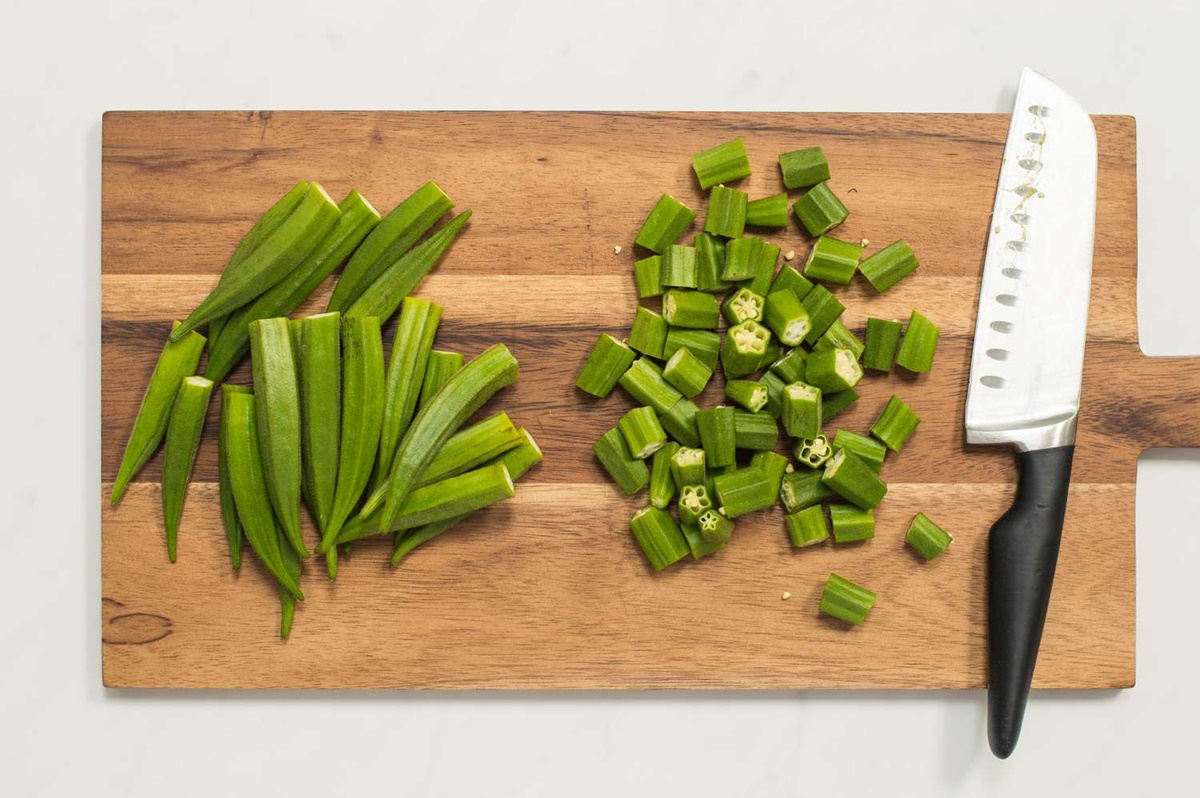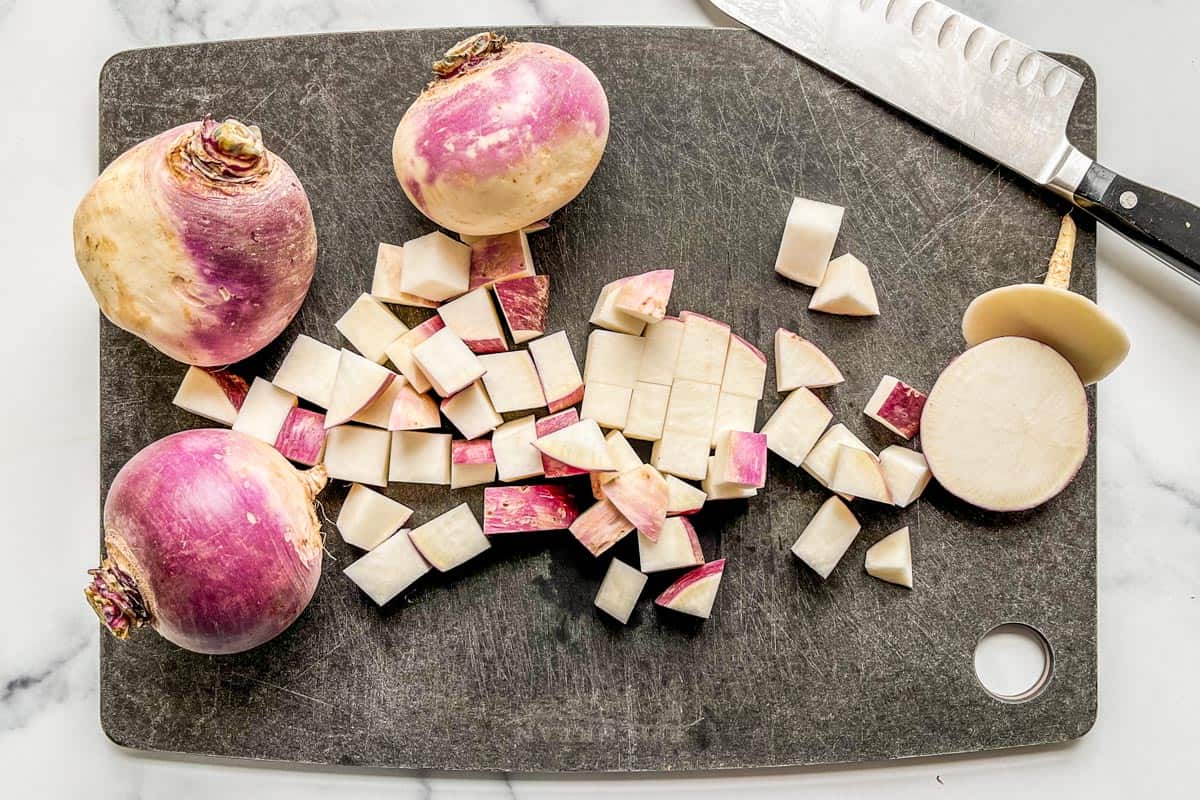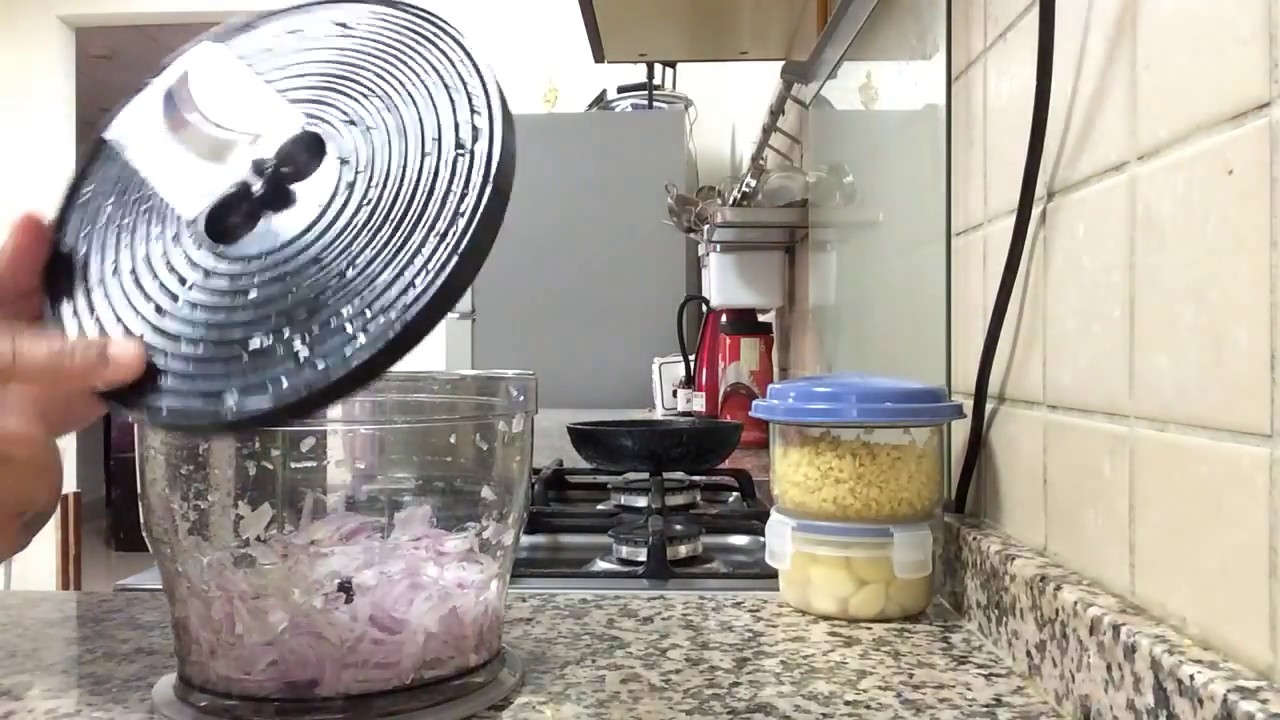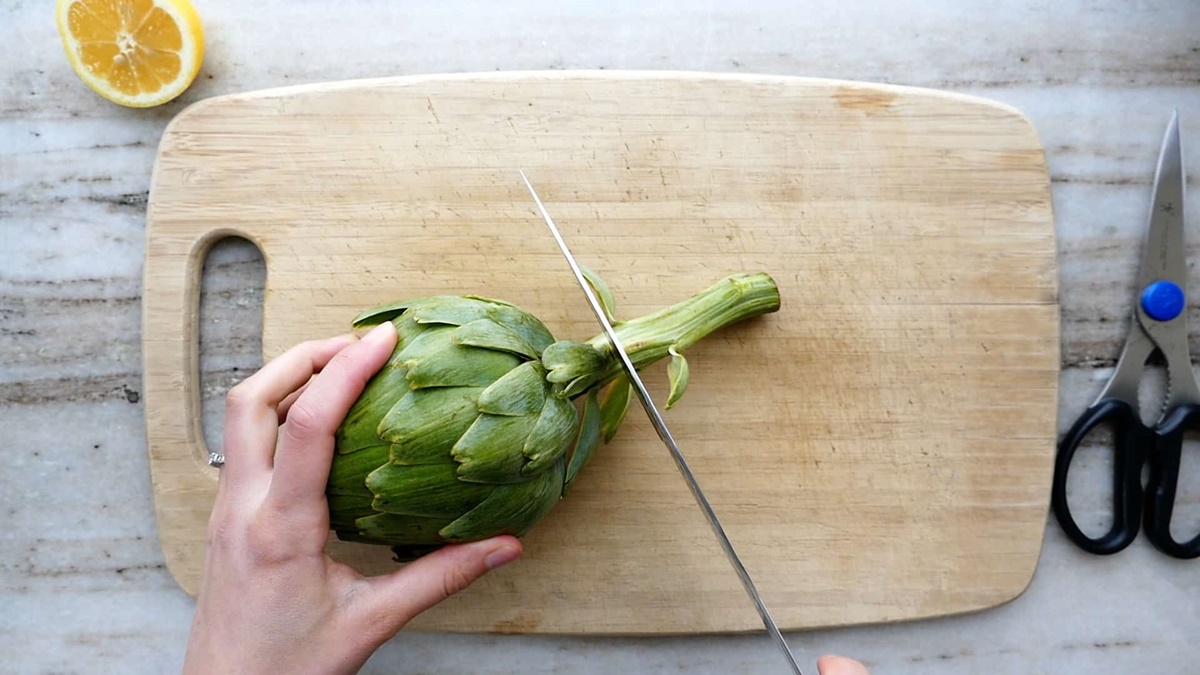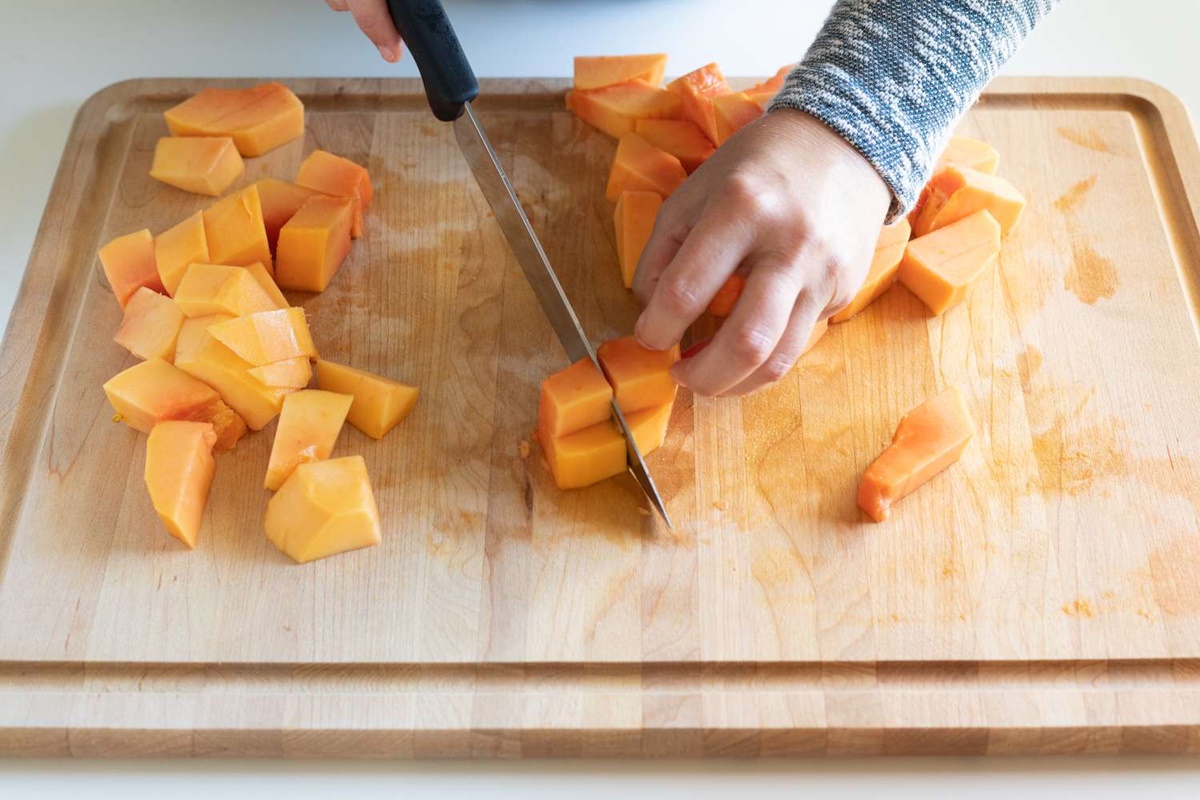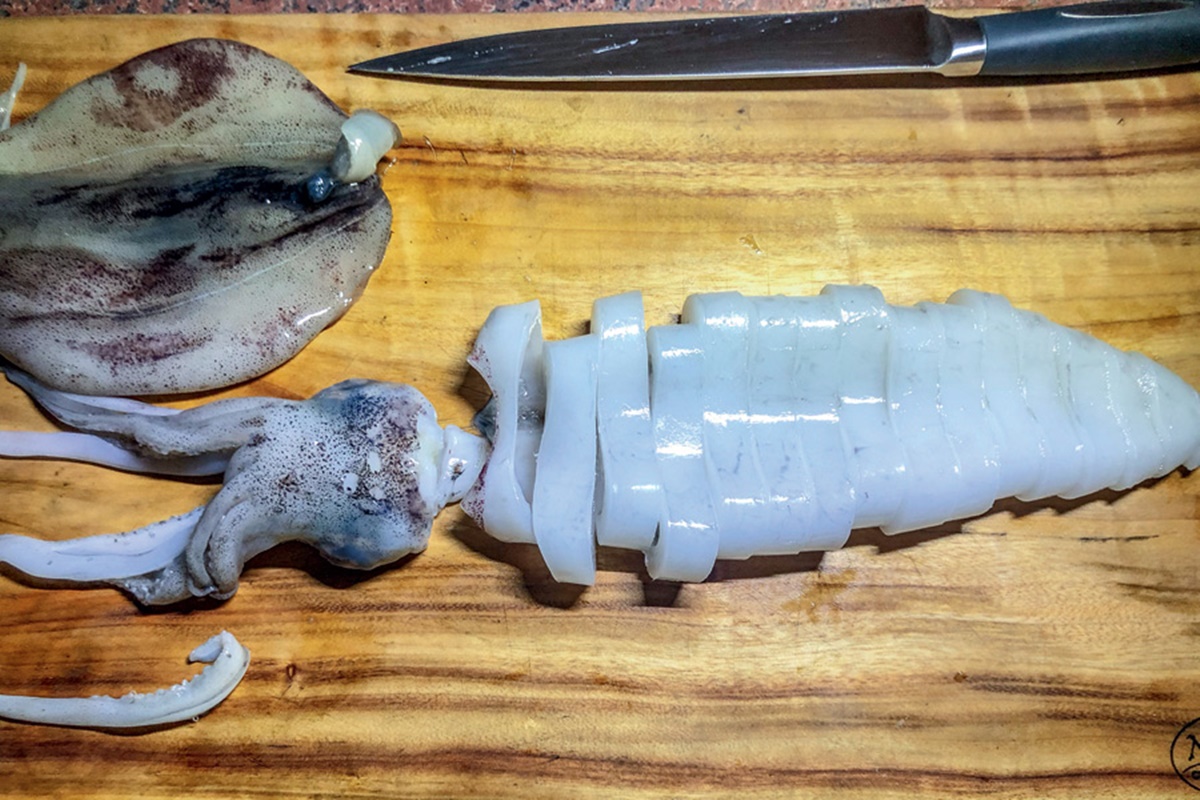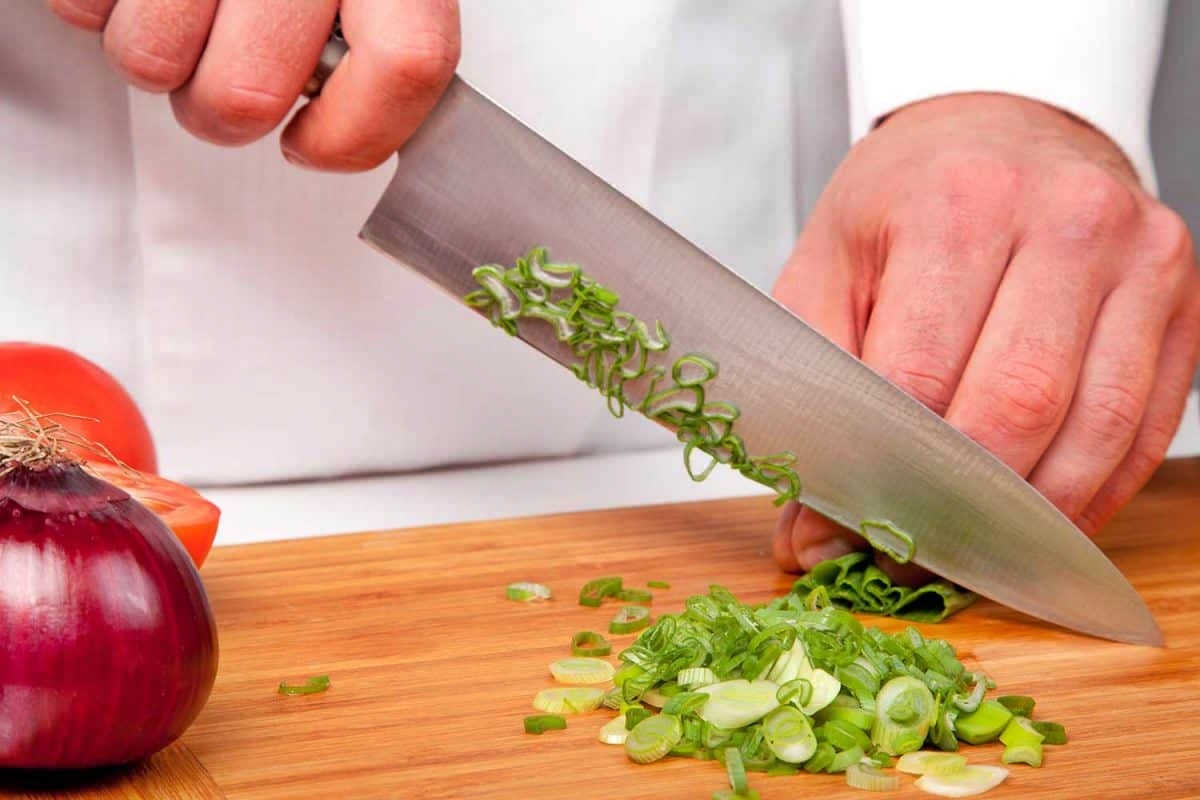How To Chop Eggplant: A Beginner’s Guide to Mastering the Art
Eggplant is a versatile and delicious vegetable that can be used in a variety of dishes, from stir-fries to stews. However, many people find the task of chopping eggplant to be daunting. In this blog post, we will walk you through the process of chopping eggplant like a pro, so you can confidently incorporate this flavorful ingredient into your meals.
Why Learning to Chop Eggplant Properly Matters
Properly chopping eggplant not only enhances the visual appeal of your dishes but also ensures even cooking and optimal flavor distribution. By following the steps below, you will be able to create bite-sized pieces of eggplant that are perfect for any recipe.
Step-by-Step Guide: How to Chop Eggplant
- Selecting the Right Eggplant
- Washing and Drying
- Trimming the Ends
- Peeled or Unpeeled?
- Cutting into Rounds or Cubes
- Salting (Optional)
- Utilizing the Chopped Eggplant
When choosing an eggplant, look for one that feels firm and has shiny, smooth skin. Avoid eggplants that have soft spots or are wrinkled, as they might be overripe or past their prime.
Before starting the chopping process, rinse the eggplant under running water to remove any dirt or residue. Pat it dry with a clean kitchen towel or paper towels.
Using a sharp knife, trim off the stem and blossom ends of the eggplant. These parts are tough and not pleasant to eat.
Decide whether you want to peel the eggplant or leave the skin on. The skin adds texture and nutrients, but if you prefer a softer texture or have a personal preference, you can peel it using a vegetable peeler or a paring knife.
For dishes that require rounds or slices, cut the eggplant crosswise into evenly sized rounds. If you need cubes or chunks, cut the rounds into desired sizes by first halving or quartering them.
If you find eggplant slightly bitter or want to reduce its moisture, sprinkle salt on the cut pieces and let them sit for about 30 minutes. Rinse off the salt and pat dry before using in your recipe.
Now that your eggplant has been chopped, it’s time to incorporate it into your favorite dishes. You can sauté it for stir-fries, roast it for a caramelized flavor, or even bread and fry it for a crispy treat.
Pro Tips for Chopping Eggplant
- Use a sharp knife: A sharp knife will make the process easier and prevent crushing or uneven cuts.
- Keep the pieces uniform: Chopping the eggplant into even-sized pieces ensures that they cook evenly.
- Experiment with different cuts: Don’t be afraid to try different cutting techniques, such as julienne or diagonal slices, to add variety to your dishes.
- Try different cooking methods: Once you’ve mastered the art of chopping eggplant, explore different cooking techniques to unlock its full flavor potential.
So, whether you’re preparing a classic eggplant Parmesan or experimenting with new recipes, mastering the art of chopping eggplant is an essential skill for any home cook. Follow these steps and unleash your culinary creativity with this versatile vegetable!
Was this page helpful?
Read Next: How To Chop For Salsa
